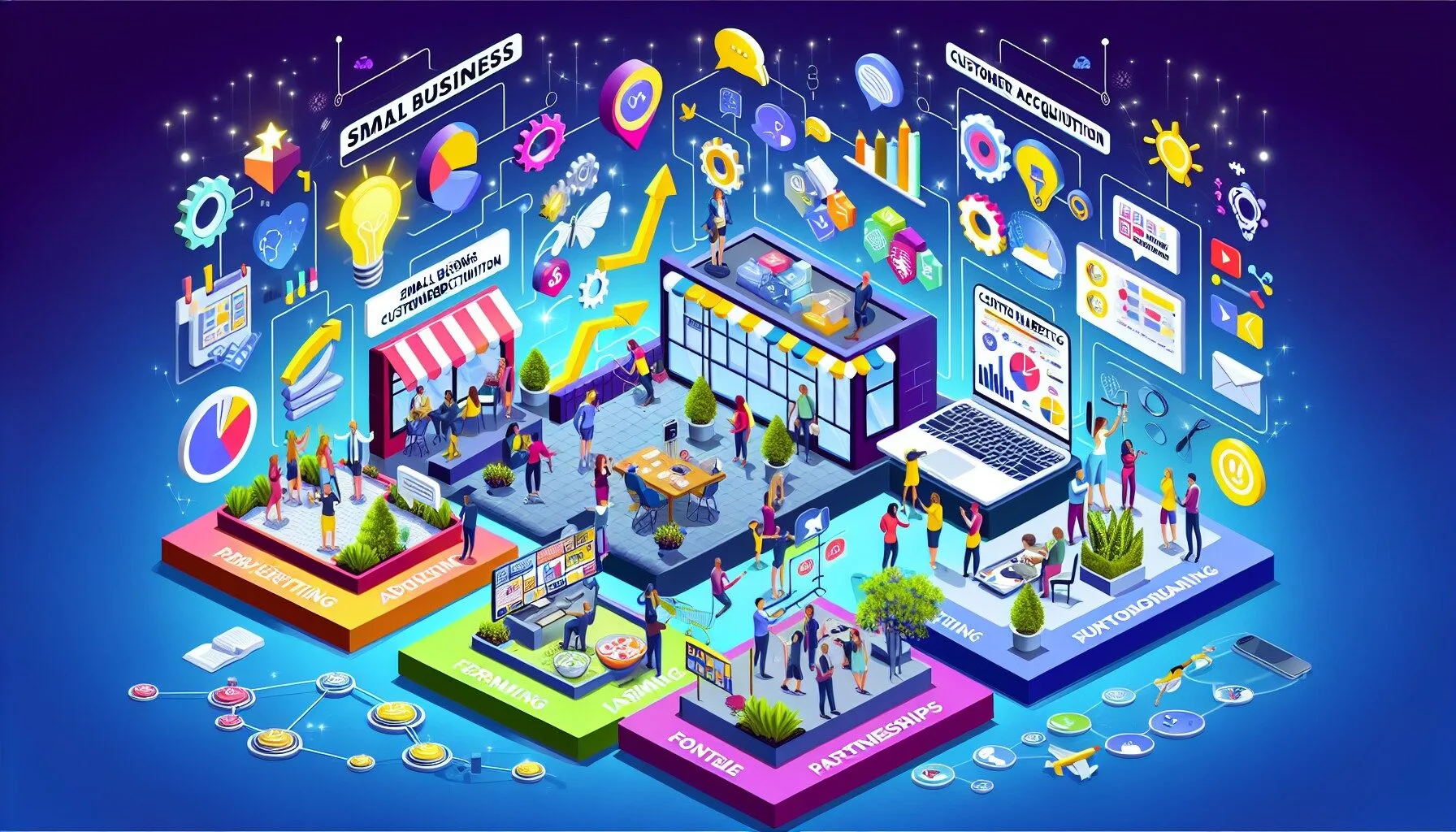Creating loyal repeat buyers is one of the best ways to grow your revenue and stabilize your bottom line. After all, acquiring new customers can cost anywhere from five to 25 times more than retaining the ones you already have. By investing in a solid small business customer retention strategy, you’re not only aiming for more sales, you’re also setting the stage for long-term trust and loyalty.
Recognize why retention matters
If you’ve ever scrambled to attract new customers through costly ads, you already know how expensive growth can be. In contrast, focusing on your existing customers is often cheaper, faster, and more reliable. According to research by Frederick Reichheld of Bain & Company, even a 5% increase in retention could boost your profits by 25% to 95%. That’s a staggering difference for small businesses that want to keep budgets under control and still see results.
Build a stronger onboarding process
First impressions can make or break your relationship with a customer. By designing an onboarding experience that’s clear, welcoming, and easy to follow, you set the tone for trust and loyalty from day one.
- Send a welcome email the moment someone joins your service or buys your product.
- Explain how to get started (or troubleshoot) in plain language, so customers see quick wins without confusion.
- Celebrate milestones: a short “Congrats, you’ve reached your first month!” note goes a long way toward making customers feel appreciated.
Want to figure out how onboarding fits into your overall approach to steady business growth? Consider integrating it into your broader plan, such as a small business marketing strategy that strengthens customer ties right from the start.
Personalize every interaction
You probably enjoy being called by name or getting product recommendations that fit your interests, right? The same goes for your customers. Personalization shows you care about their unique needs. It can be as simple as verifying their purchase history before recommending new products or as detailed as sending special offers for their birthday.
- Use purchase history to tailor emails or recommendations.
- Offer exclusive deals for frequent shoppers.
- Track feedback to know how customers really feel about your brand.
Regularly meeting your customers’ needs and making them feel special often leads to higher retention rates. From personalized emails to thank-you notes, every small gesture signals that you value their continued business.
Measure and refine key metrics
How do you know if your retention plan is working? Metrics. By keeping an eye on measurable data, you’ll spot gaps in your strategy and know where to tweak.
Below is a quick table of top retention metrics to track:
| Metric | Purpose | Calculation |
|---|---|---|
| Customer retention rate (CRR) | Shows percentage of customers who stay | [(End customers − New customers) ÷ Start customers] × 100 |
| Customer churn rate | Tells you how many customers have left | (Customers lost ÷ Start customers) × 100 |
| Repeat purchase rate (RPR) | Reveals how many customers buy more than once | (Repeat buyers ÷ Total customers) × 100 |
| Customer lifetime value (LTV) | Estimates total worth of a customer over time | Varies by business (for SaaS, LTV should be 3× acquisition cost to ensure profit) |
Tracking these metrics regularly keeps you informed about which areas of your small business customer retention strategy need a boost. If you notice a spike in churn (meaning customers are leaving), it’s a sign to improve customer support, tweak onboarding steps, or introduce loyalty incentives.
Incentivize loyalty for repeat business
Sometimes, showing extra appreciation is all it takes to keep buyers coming back. From a simple discount code to a full-fledged loyalty program, your incentives should reward customers for sticking around.
- Offer special promos on their next order.
- Surprise loyal customers with small gifts or early access to new products.
- Create referral bonuses that encourage them to tell friends about your business.
Loyalty-based perks can increase a sense of exclusivity and make customers feel like insiders. They’ll be more likely to return for future purchases, keeping your revenue flow steady and predictable.
Maintain open, proactive communication
Ever had a negative business experience only to find that no one was available to help you? Lack of timely communication is a common deal-breaker for customers. Instead, be proactive by answering questions quickly, sending personal follow-ups, and providing multiple channels for support. Consider setting a consistent communication calendar so you can keep track of when each customer is due for a check-in or a little thank-you note.
When you’re directly in touch, it’s easier to resolve issues before they escalate, gather feedback for improvements, and nurture a lasting bond. Proactive communication reassures customers that you’re committed to helping them succeed.
Final thoughts and next steps
A small business customer retention strategy isn’t just about boosting current sales; it’s about creating a loyal audience that invests in your brand for the long run. When your customers know you’re committed to their success and satisfaction, they’ll repay you with continued support, positive feedback, and even referrals.
Wondering where to go from here? You can learn more about how to optimize your business for consistent revenue growth by scheduling a free Marketing Strategy Review. This session can help you spot profit leaks, uncover new revenue opportunities, and fine-tune your goals so you keep moving in the right direction. By pairing strategic onboarding, thoughtful personalization, and a focus on customer-centric communication, you’ll be well on your way to cultivating a loyal customer base that keeps your small business thriving.




